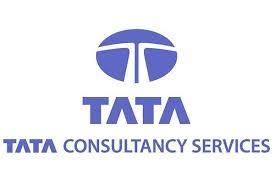
Cloud Analytics
? Cloud Analytics
Cloud analytics refers to a service and delivery model for the hosting that deals with the analysis or computation of business data using cloud technologies. These technologies handle the storage and or processing of data. Cloud analytics may include any type of data analytics or business intelligence that is performed in the cloud, perhaps one or several components of a company’s analytics. Some companies implement a hybrid cloud analytics model that reserves some functions to be performed in cloud-hosted environments while others utilize on-premises servers. Other companies are moving full to the cloud in order to scale their analytics program as their business grows. This also takes away the load of traditional performing analytics only on-premises, which can be costly to manage across an organization. Cloud analytics has become increasingly popular and a top concern for most modern businesses today. With promises of increased productivity and reduced operating costs, cloud migration is shooting to the top of many organization’s to-do lists. If you haven’t started your cloud journey, chances are you will soon. Big data analytics and business intelligence (BI) have been forever changed by the cloud revolution. With an ever-growing tide of data from countless digital sources, the cloud allows that data to be gathered and analyzed in one place to then be shared out across an entire organization. Now everyone can access the same trustworthy data from the many disparate data sources available today.
6 Key Elements of Cloud Analytics
Cloud analytics may include combinations of any of the following elements in the cloud. Most successful cloud analytic strategies cover a majority of them which are all supported by today’s most popular cloud computing vendors, including Amazon Web Services (AWS), Google Cloud, and Microsoft Azure.
3 Types of Cloud Analytics
There are three different options for cloud computing and cloud analytics, detailed below:
Public Cloud: A public cloud is a type of cloud computing where services are available publicly through a third-party as virtual machines, storage capabilities, applications, and more. They are often offered for free though sometimes users pay for usage or consumption. On this public cloud, IT systems are shared and data is kept private, allowing for reduced costs and less upkeep for an organization.
Private Cloud: Instead of being offered to the general public, a private cloud is reserved to select users of one organization. It offers the same advantages as a public cloud, scalability and democratized access, but is located at a data center owned by that single organization or a hosting service. While this provides greater privacy and data security, it can often be much more expensive.
Hybrid Cloud: The third option is a combination of the two. Organizations that opt for a hybrid cloud structure use the public cloud for non-sensitive data while maintaining a smaller private cloud for data meant only for that company’s eyes.



